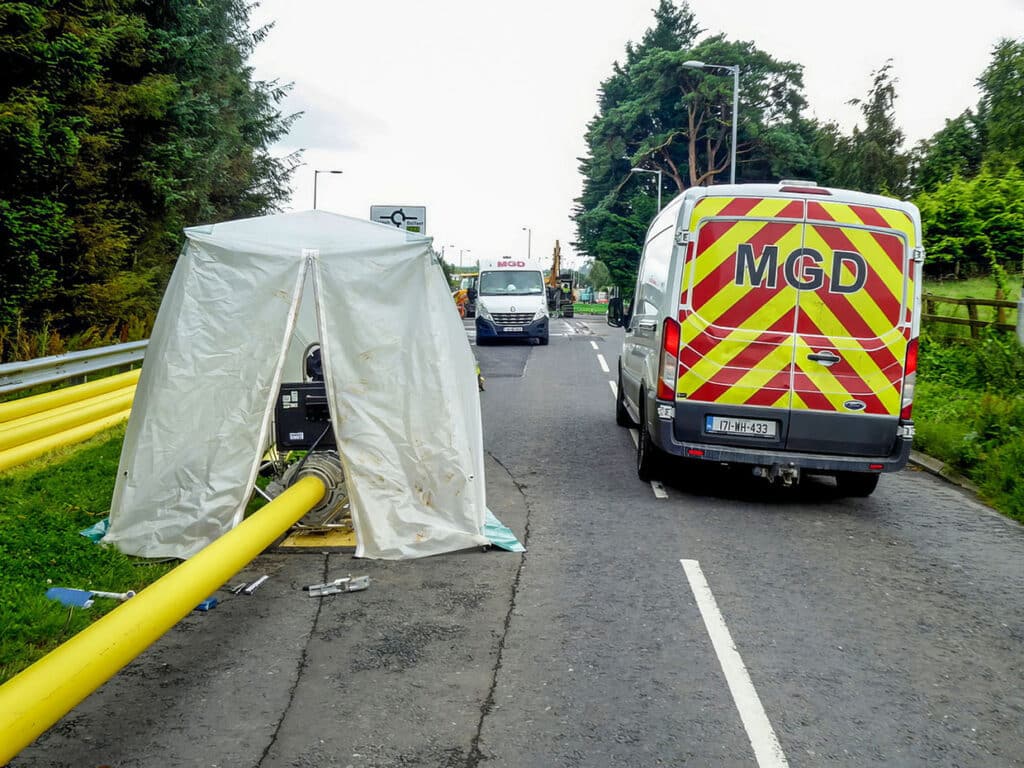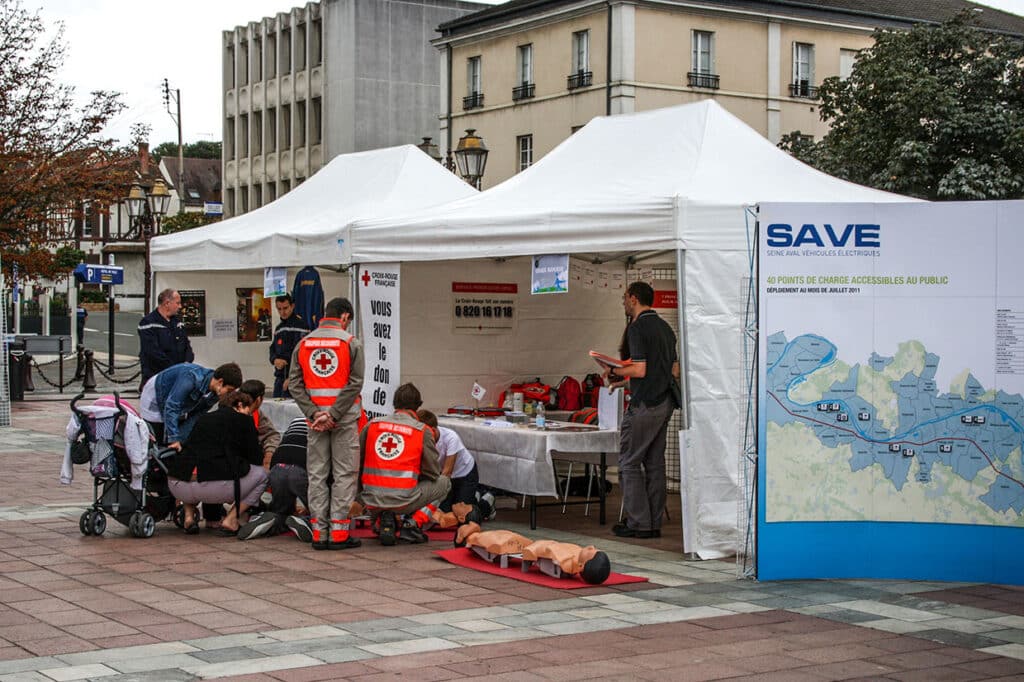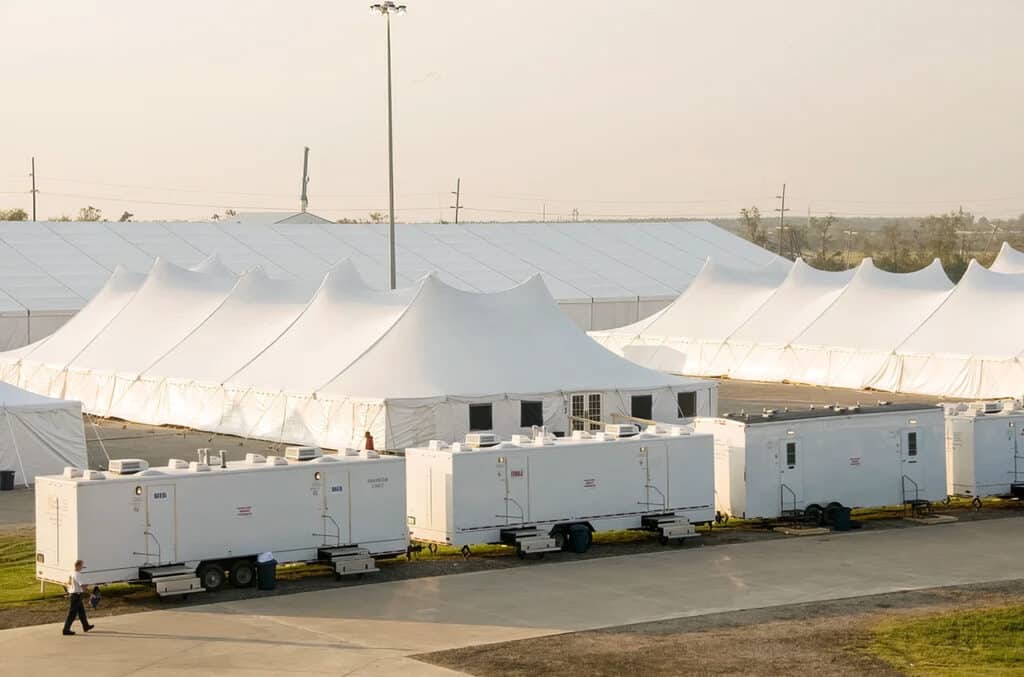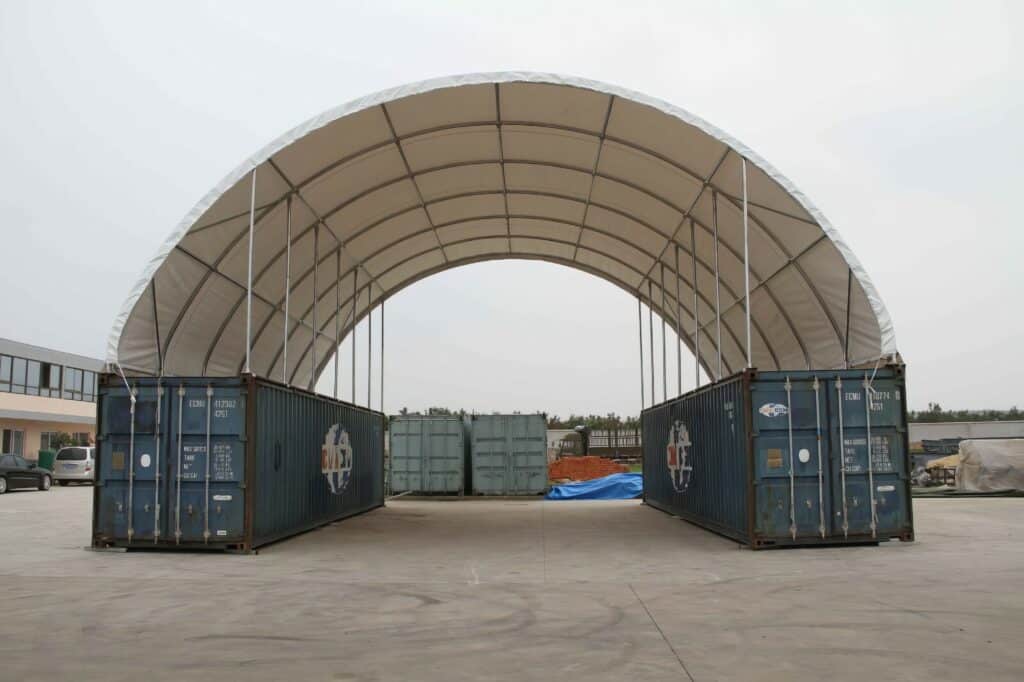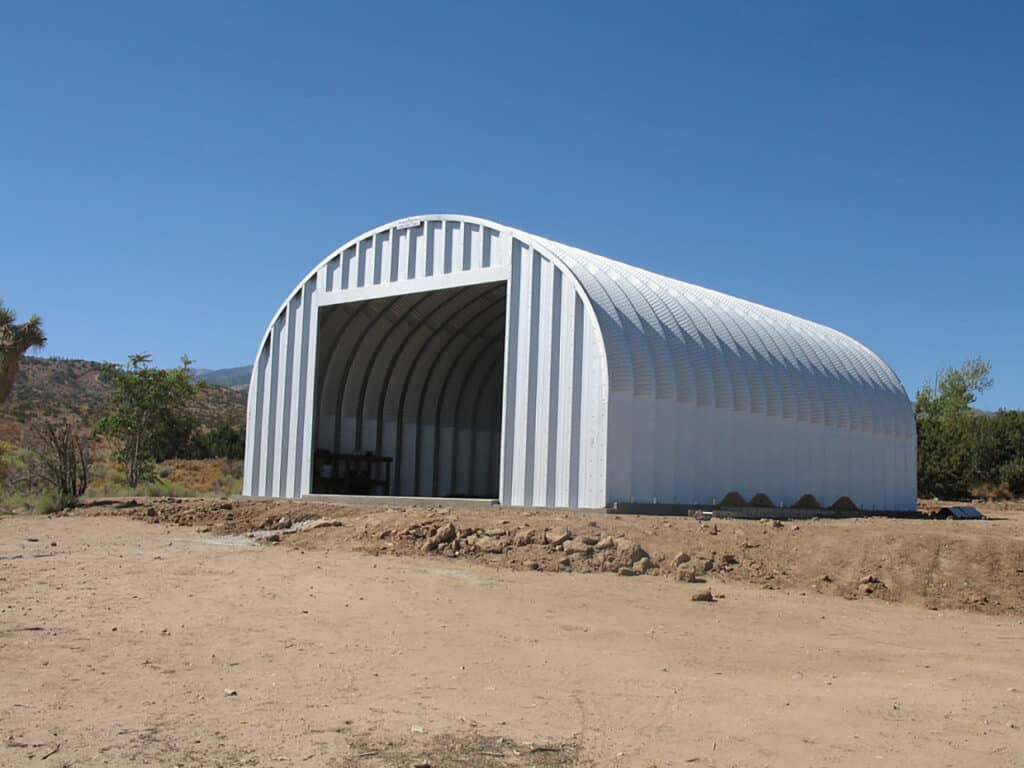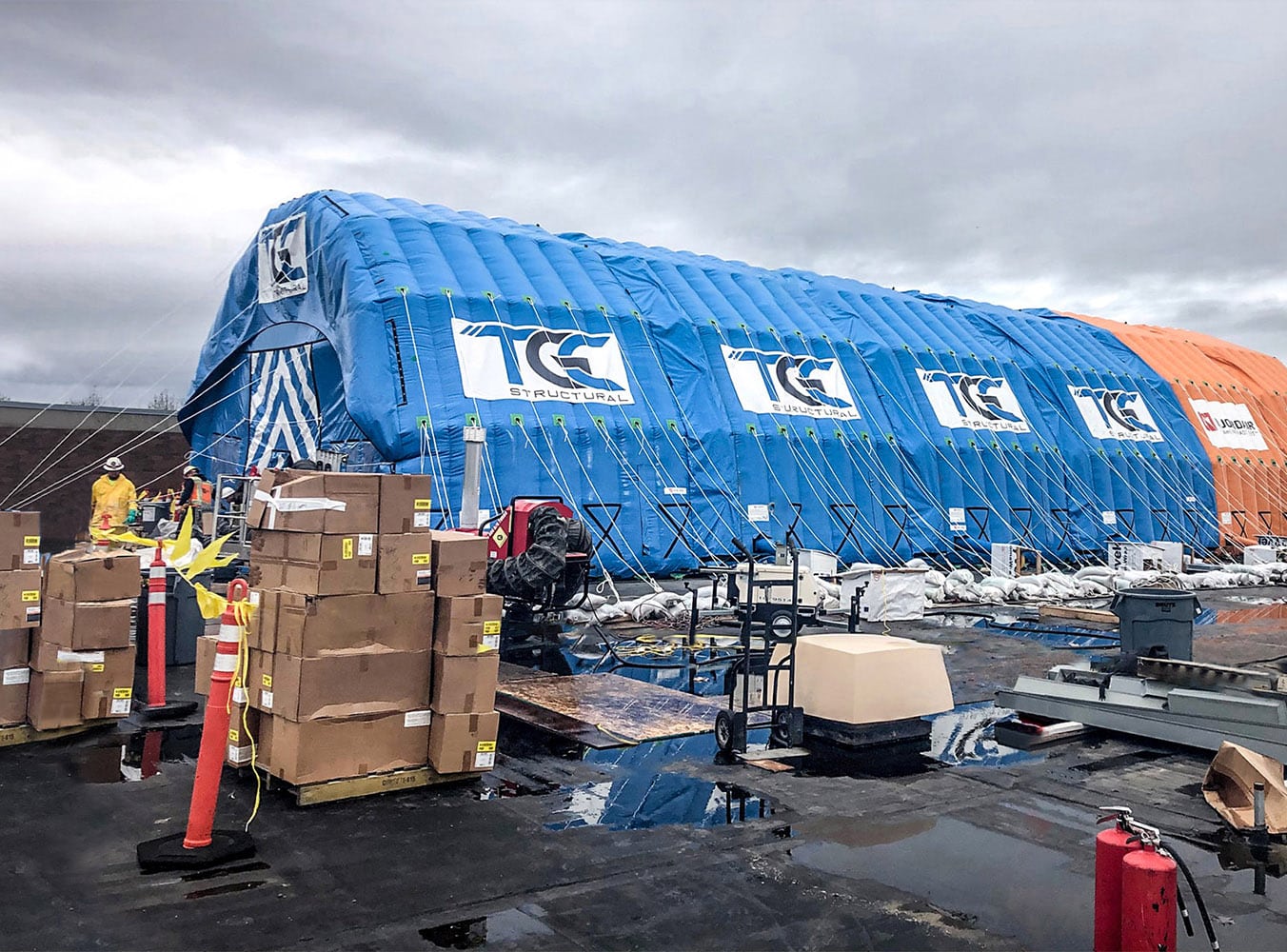Comparing temporary work
tents and shelters
Fast Tent inflatable work shelters are ideal for applications that require rapid
deployment & relocation but how do they compare to other products?
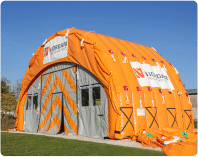
Fast Tent |
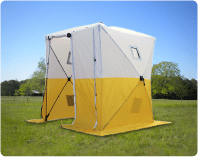
Pop up |
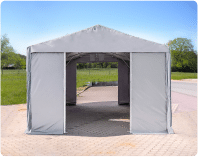
Marquee |
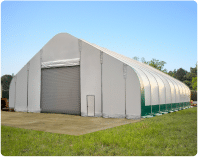
Tension fabric structure |
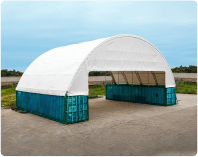
Container shelter |
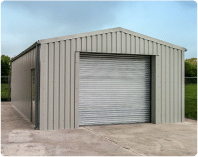
Pre-engineered metal building |
|
|
Delivery |
2-3 days |
2-3 days |
1-2 weeks |
3 weeks |
1-2 weeks |
8-10 weeks |
|
Foundations |
No |
No |
No |
Depends on soil conditions |
No |
Yes |
|
Set up / |
1 hour |
15 min |
2-3 days |
1-2 week |
2-3 days |
1-2 week |
|
Custom colours |
Yes |
Yes |
Limited |
Limited |
Limited |
Limited |
|
Maximum size / |
18m |
4m |
20m |
100m |
20m |
30m |
|
Easily |
Yes |
Yes |
No |
No |
No |
No |
|
Durability |
Heavy |
Light |
Mid |
Heavy |
Heavy |
Heavy |
|
Cost |
$$ |
$ |
$$ |
$$$$ |
$$$ |
$$$$$ |
Compare tent types
head to head
Fast Tent
-
Pop Up
Marquee
Tensile Fabric Structure
Container Shelter
Pre-Eng Metal Building
-
An inflatable structure uses air pressure to create rigid air beams. In this way, the air becomes a lightweight yet structural part of the building. There are two main types f air building – ‘constant air’ and ‘sealed’.
-
A ‘pop up’ work tent is a small collapsible work shelter that folds down to a compact, portable size, which will typically fit into a van or the boot of a car, for easy relocation.
Traditionally used for entertainment purposes but industrial grade marquees available. Built in 3m-5m long bays with an eaves height from 2.3m (7.5’) to 6m (10’) on the largest industrial models.
This group of buildings consists of a rigid frame covered with fabric. The cover is tensioned to provide the stable structural support of the building. Because of this, these types of buildings are known as tension fabric structures or ‘stretch tents’.
Typically available in widths ranging from 6m to 20m wide (20’ to 66’), container shelters are widely used in the construction and mining industry. A container shelter can be left open ended or fitted with a back panel and a front panel with a door.
Whilst these types of building look permanent, it is possible for them to be dismantled and moved to another site. Available up to 30m wide with a wall height of up to 7.2m.
-
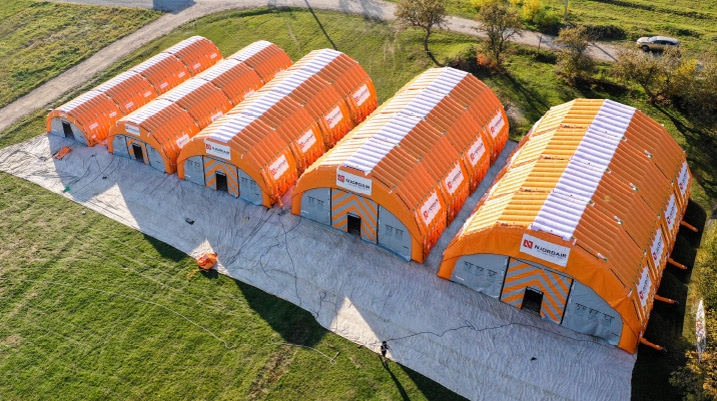
-
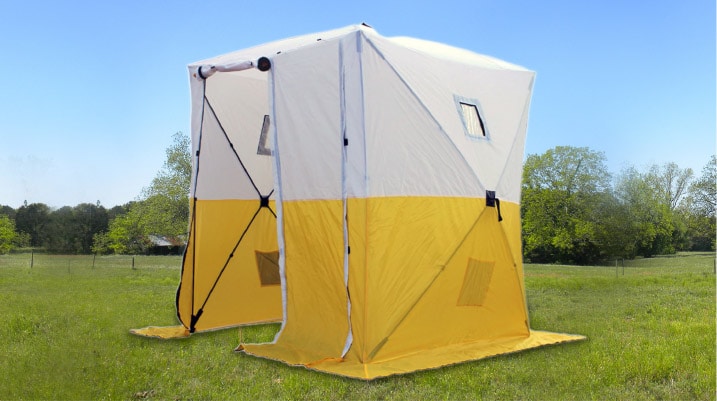
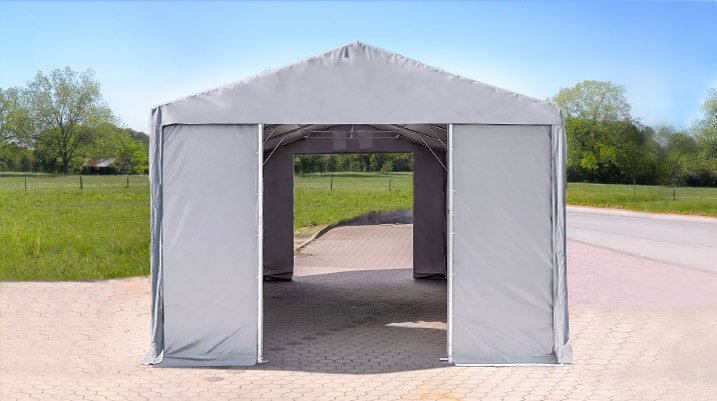
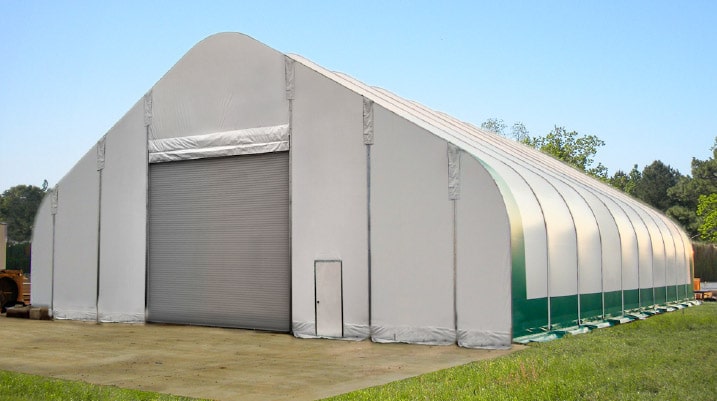
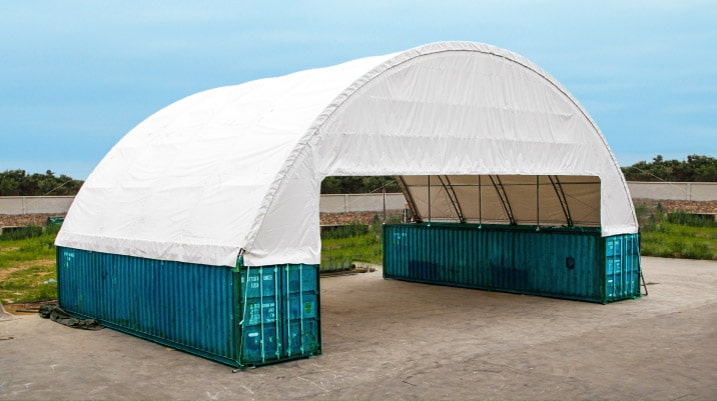
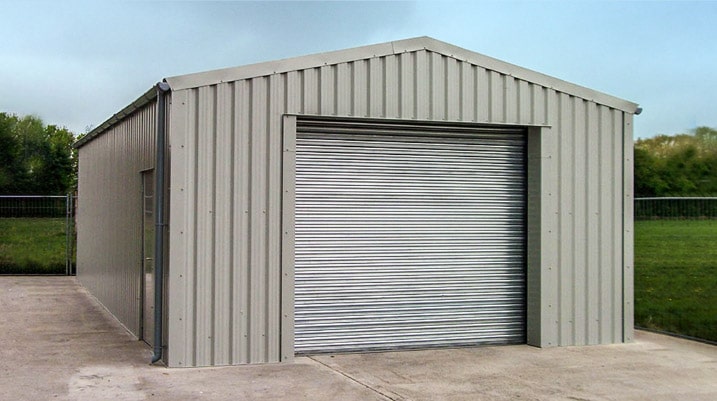
-
Manufactured from flame retardant, reinforced PVC fabric, in a wide range of colours.
- Materials
-
Typically constructed from flexible fibreglass rods and covered with a lightweight, waterproof fabric which is usually flame retardant. The frame and cover are typically integrated.
Traditional marquee were constructed from heavy duty canvas, kept under tension by wooden support poles and guy ropes. However, most marquees used today consist of a rigid aluminium frame which supports an outer covering made of PVC.
The lightweight covering and framework mean that widths of up to 100 metres (300’) is achievable whilst the modular nature means that almost unlimited length is possible.
Container shelter roofs are constructed from galvanised steel arches, either single tubular or double trusses. These are designed to fix on top of any standard shipping container. The roof framework is covered with a heavy duty PVC cover and typically involves a tensioning system.
Pre-engineered buildings are factory-built buildings of aluminium or steel that are shipped to site and assembled on pre-installed concrete foundations.
-
Wide range of applications in the construction and maintenance. Rapid deployment also makes it popular with military and emergency services.
- Usage
-
Often used for railway maintenance and track welding, pipe welding shelters, police / forensic crime scene & incident tents.
Wide range of industrial applications such exhibitions & trade shows, temporary supermarkets and warehousing.
Great for any project that requires a large indoor space. Very popular as sports / leisure centes, hangers, warehouses and port storage / handling facilities.
Container canopies are widely used by building and construction companies as a temporary workshop or storage area.
Pre-engineered metal buildings are ideally suited to semi-permanent industrial buildings and warehouses.
-
Excellent insulation, compact storage volume, very easy to deploy and relocate
- Advantages
-
Very fast to erect. Available in a wide range of colours. Easy to purchase and ship.
Do not require expensive foundations. Widely available from many suppliers. Industrial grade marquees suitable for medium term projects up to 2 years.
Available in large sizes, stretched tents can be lifted into position by crane. Tensioned fabric structures are ‘clear span’, offering huge amounts of interior space.
Utilises containers for side walls which may already be on site and which can provide a secure storage space. No foundations required.
Similar features to a permanent building.
-
Requires a power supply for fans / blowers.
- Disadvantages
-
Only available up to 4m (13’) width. Not very durable.
Height may restrict construction uses. Not easy to setup & move rapidly.
Larger structures may require dedicated foundations. Needs specialist knowledge to construct.
Limited widths. End walls are doors are typically optional extras.
Difficult to relocate. Expensive.

